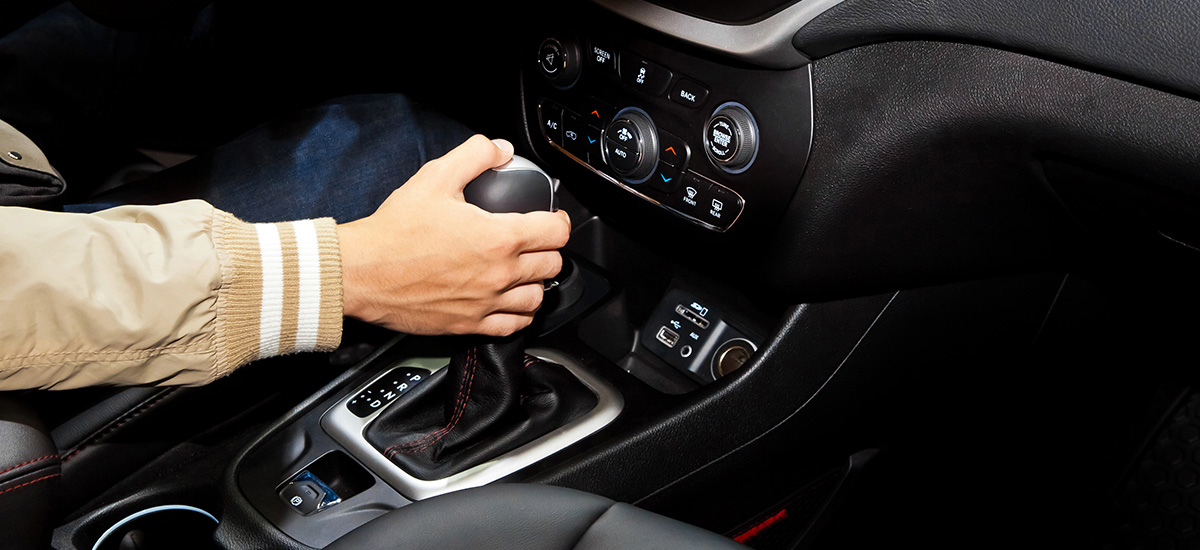
 Your Credit Estimate
Your Credit Estimate
 Your Credit
Your Credit
Your zip code helps us provide you with the most accurate vehicle pricing and vehicle availability.
We estimate your credit score to give you an idea of your monthly payments. To get an accurate payment amount, complete our credit application by clicking the Start Credit Application button below.
start credit application
There are tons of options a buyer needs to consider before buying a new car. Among some of the most popular questions are, what car color do I want? How much do I want to pay? Or, what brand do I want? One question that many Americans and new teen drivers overlook is -- should I get an automatic or manual transmission?
While the answer may seem easy for a lot of people (because they never learned to drive a manual transmission), many drivers that never learned to drive a stick shift do wonder -- would it be smart for me to learn how to drive a manual? Are there benefits to a car that doesn’t have an automatic transmission? So to help clear it up, here are the basics about what a transmission actually is, and the differences between a manual and automatic transmission.
The transmission is one of the most important factors in a car. It is the mechanical system that transfers the power from the engine to the car’s wheels. Without a transmission, a car’s engine will generate the energy needed to move forward, but there would be nothing transferring that energy to the wheels to make the car move.
All transmissions have two main components: the shaft and the gears. The shaft transfers energy from the engine to the axles, and the gears transform the energy to allow the vehicle to move at a wide range of speeds. With a manual transmission, the driver uses the clutch, gas pedal and gear shift stick to determine when the transmission should shift between gears. In a car with an automatic transmission, the gears are changed automatically.
The choice between manual and automatic will depend largely on the type of driving experience the driver wants to have. Here is a closer look at the differences and pros and cons of automatic and manual transmissions.
There are a couple benefits to using a manual transmission. Manual transmissions are often the less expensive option when you are buying a car, and typically, they cost less to repair and maintain than an automatic transmission. Many drivers, do enjoy the driving experience when using a car with a manual transmission. It gives the driver more control over the car and it can be fun.
A disadvantage of manual transmissions is that they require some time and practice to learn. A driver needs to learn how to press and release the clutch and move the gear shifter at the right time as the car accelerates. If a driver doesn’t do it properly, the vehicle can temporarily stall, or freeze up, before the driver is able to move forward. It can also be cause for a not so smooth ride during the transition at higher speeds. But once a driver learns the feel of their car and the natural transitions, the shifting process becomes natural.
The biggest benefit to a car with an automatic transmissions is how easy they are to drive. Once in “drive,” all the driver needs to do is brake and maintain speed. However, automatic transmissions are slightly more expensive, and can cost more to maintain and repair.
Up until the last decade, manual transmissions were slightly more fuel efficient than automatic transmissions, but this isn’t necessarily true today.
According to Ray and Tom of Car Talk, NPR’s weekly radio program dedicated to all-things cars, “[Today’s] automatics do get comparable, if not higher, mileage these days. And there's really no longer a cost advantage to driving a stick shift, unless the purchase price of an optional automatic transmission is exorbitant.”
So in the end, there is not a clear winner in which type of transmission is a better buy before purchasing a new car. Our best advice is, drive what makes you comfortable and safe. But, if you do have the opportunity to learn how to drive a manual transmission take it. You never know when the opportunity to drive an old classic that has a manual transmission will come around.